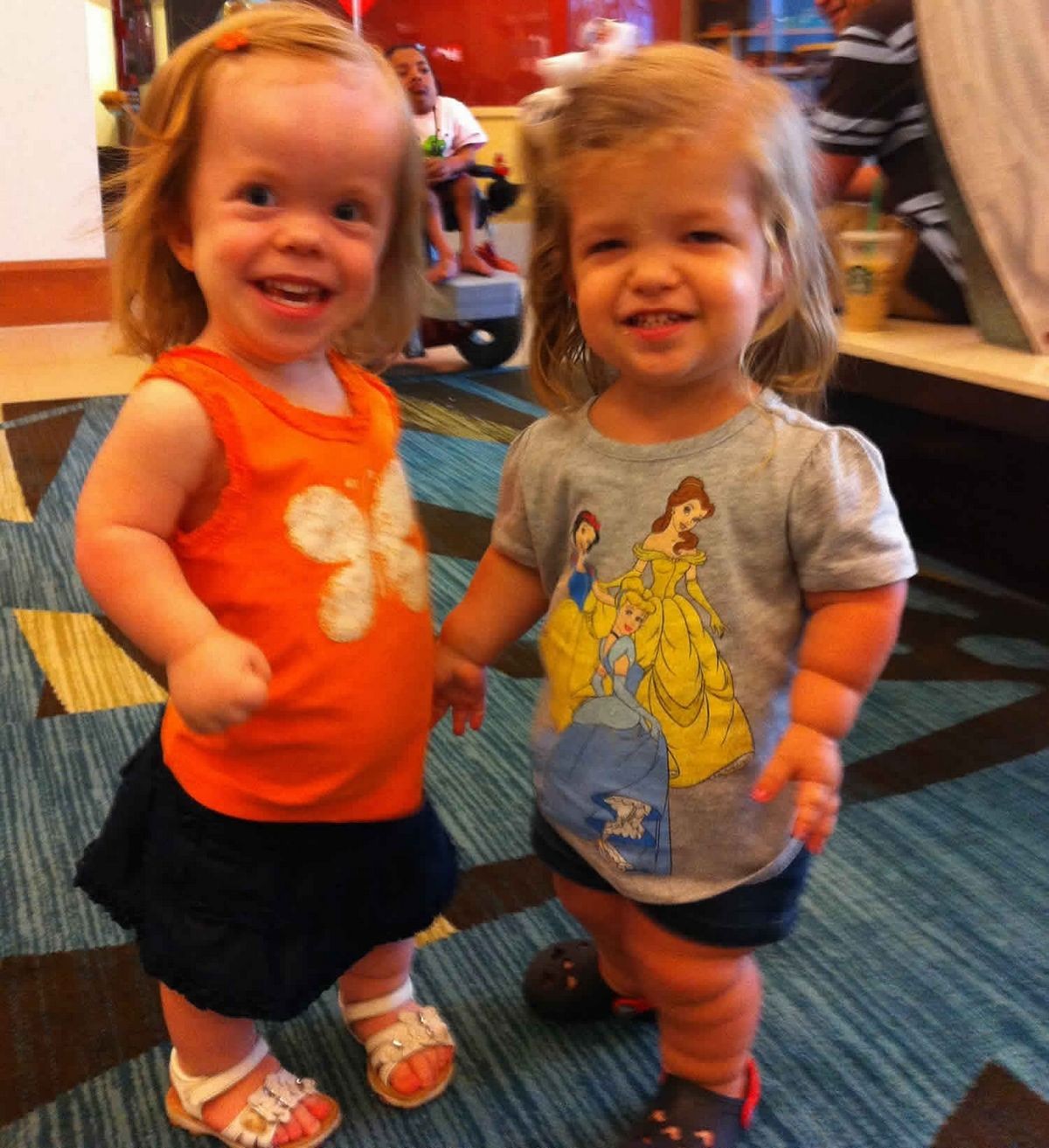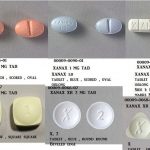
Contents
Achondroplasia
Achondroplasia is a genetic condition that causes abnormally short stature and is the most common cause of short stature with disproportionately short limbs. Adult males with achondroplasia have an average height of 131 cm (52 inches) and adult females have an average height of 124 cm (49 inches).
Although achondroplasia means "without cartilage formation," the defect is not in forming cartilage but in converting it to bone, particularly in the long bones.
Achondroplasia is one of the oldest known birth defects. The frequency of achondroplasia is estimated to range from about 1 in 10,000 births in Latin America to about 12 in 77,000 in Denmark. The average frequency worldwide is approximately 1 in 25,000 births.
What causes achondroplasia?
Achondroplasia is caused by mutations in the FGFR3 gene which codes for a protein that is important for the maintenance of bone and brain tissues. Two specific mutations in this gene are responsible for almost all cases of achondroplasia. These mutations limit the process of bone formation from cartilage. The FGFR3 gene is located on chromosome 4 at 4p16.3.
What are the characteristics of achondroplasia?
Achondroplasia is a distinctive condition that is usually noticeable at birth.
- Babies with achondroplasia have a long, narrow torso with short arms and legs. The upper arms and thighs are disproportionately shortened.
- They have a large head with a prominent forehead, underdeveloped midface, and a low nasal bridge.
- Their fingers appear short and the ring and middle fingers may diverge, giving the hand a trident appearance. Most joints can extend more than normal, except for the elbow which has limited rotation and extension. Hip extension is also limited.
- At birth, there is often a prominent mid-to-lower back with a small hump. With walking, the hump goes away and a pronounced sway of the lower back becomes apparent. The legs are bowed.
- Babies with achondroplasia may have decreased muscle tone and experience delayed motor development. Intelligence is generally normal.
How is achondroplasia diagnosed?
The diagnosis of achondroplasia can be based on the physical features evident at birth. X-rays, ultrasound, and other imaging techniques can also be used for diagnosis. In some cases, diagnosis can be suspected before birth using ultrasound imaging. Prenatal diagnosis is possible in families where both parents have achondroplasia.
What can be done for patients with achondroplasia?
Children and adults with achondroplasia can lead normal lives with attentive, informed care. Monitoring of growth, orthopedic and neurologic examinations, and knowledgeable pediatric care are critical. Prompt intervention is important for special problems that may arise.
- Surgical enlargement of the foramen magnum may be necessary for severe narrowing and compression of the spinal cord.
- Spinal stenosis, lordosis, kyphosis, and other abnormalities in the back may require orthopedic procedures or surgery.
- Hydrocephalus needs to be promptly detected and treated.
- Careful planning is necessary for childbirth due to the risk of complications.
- Ear infections should be suspected and treated promptly to prevent hearing loss.
- Dental crowding should be addressed.
- Control of obesity is essential as it worsens back and joint problems.
- Treatment with human growth hormone may be considered to increase growth rate.
How is achondroplasia inherited?
Achondroplasia is inherited as an autosomal dominant trait. It can be inherited from a parent with achondroplasia or occur spontaneously as a new mutation. The chance of a new mutation increases with paternal age. Each pregnancy of parents with achondroplasia has a 50% chance of passing on the gene.
What are the odds of having a baby with achondroplasia?
If two individuals with achondroplasia have children together, each conception has a 25% chance for an average-size child, a 50% chance for a child with achondroplasia, and a 25% chance for a conception with two achondroplasia genes. Homozygous achondroplasia can lead to a severe skeletal disorder with early death.
Source: Medical sources cited


